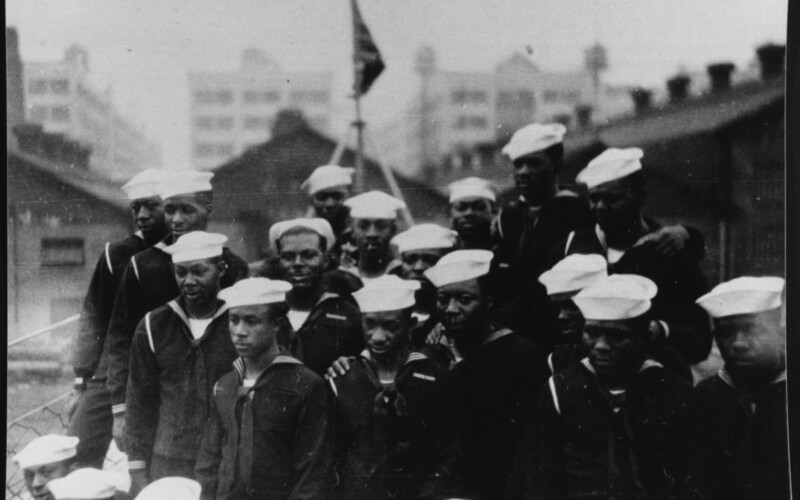We have experience hosting a range of audiences, from college classes to birthday parties to company outings, and we customize our tours to meet your group’s interests and needs.
Book a private tour today
The celebrate Black History Month and the 220th birthday at the Brooklyn Navy Yard, we are looking at the obstacles and opportunities that Black people encountered at the Brooklyn Navy …
Read more

As we reflect on the deeper meaning and troubling implication of the US president describing certain foreign countries as “shitholes,” it has also opened an opportunity to think critically about how …
Read more
